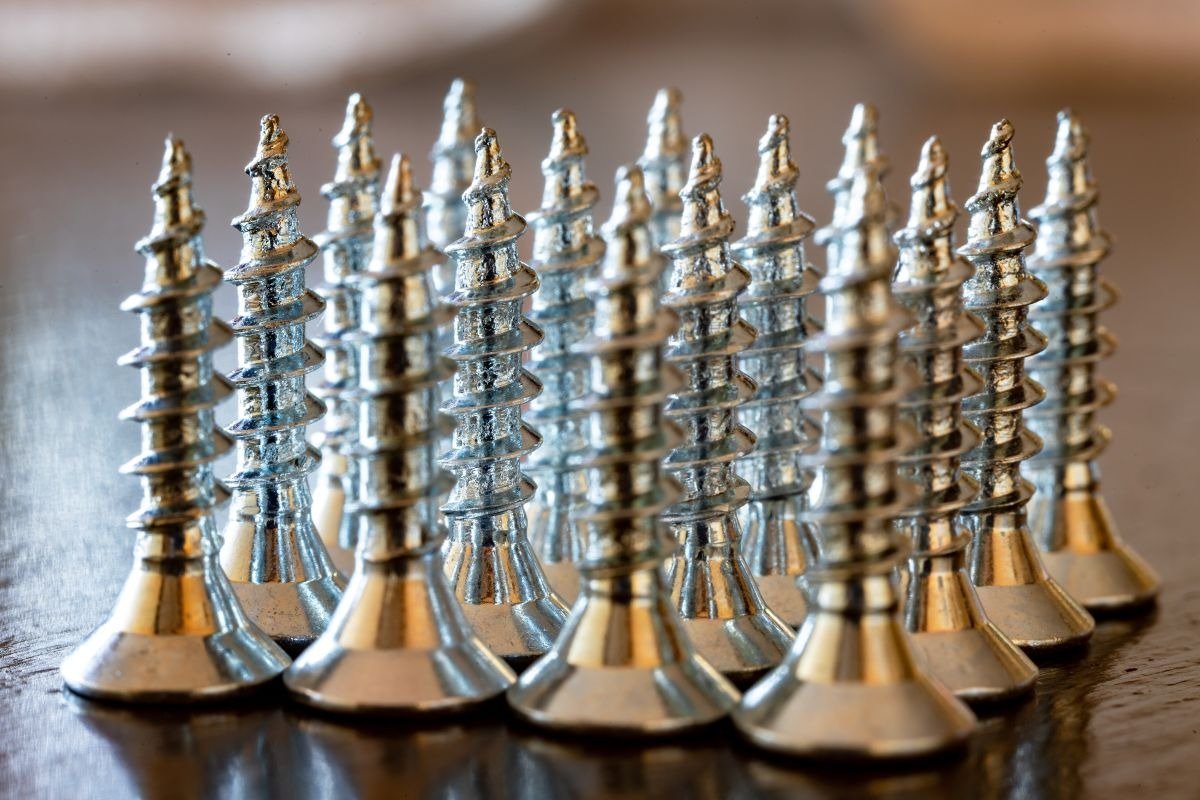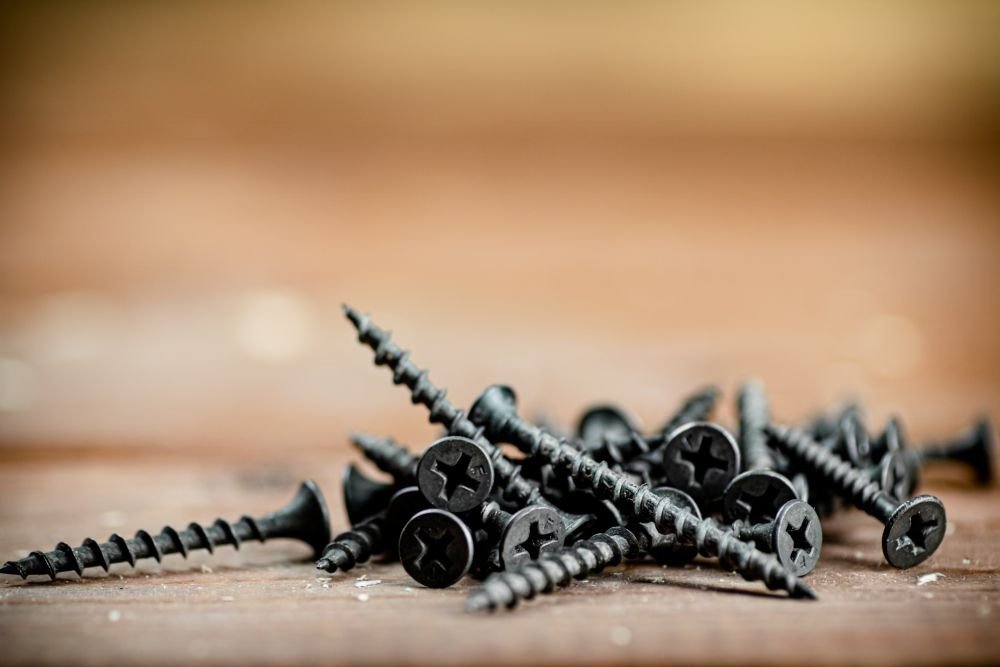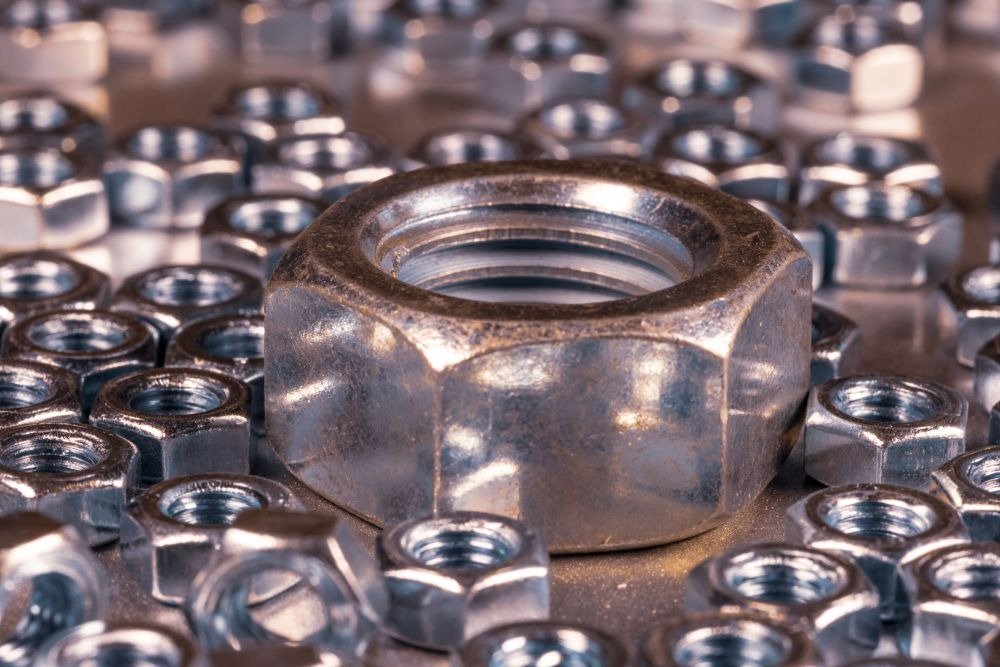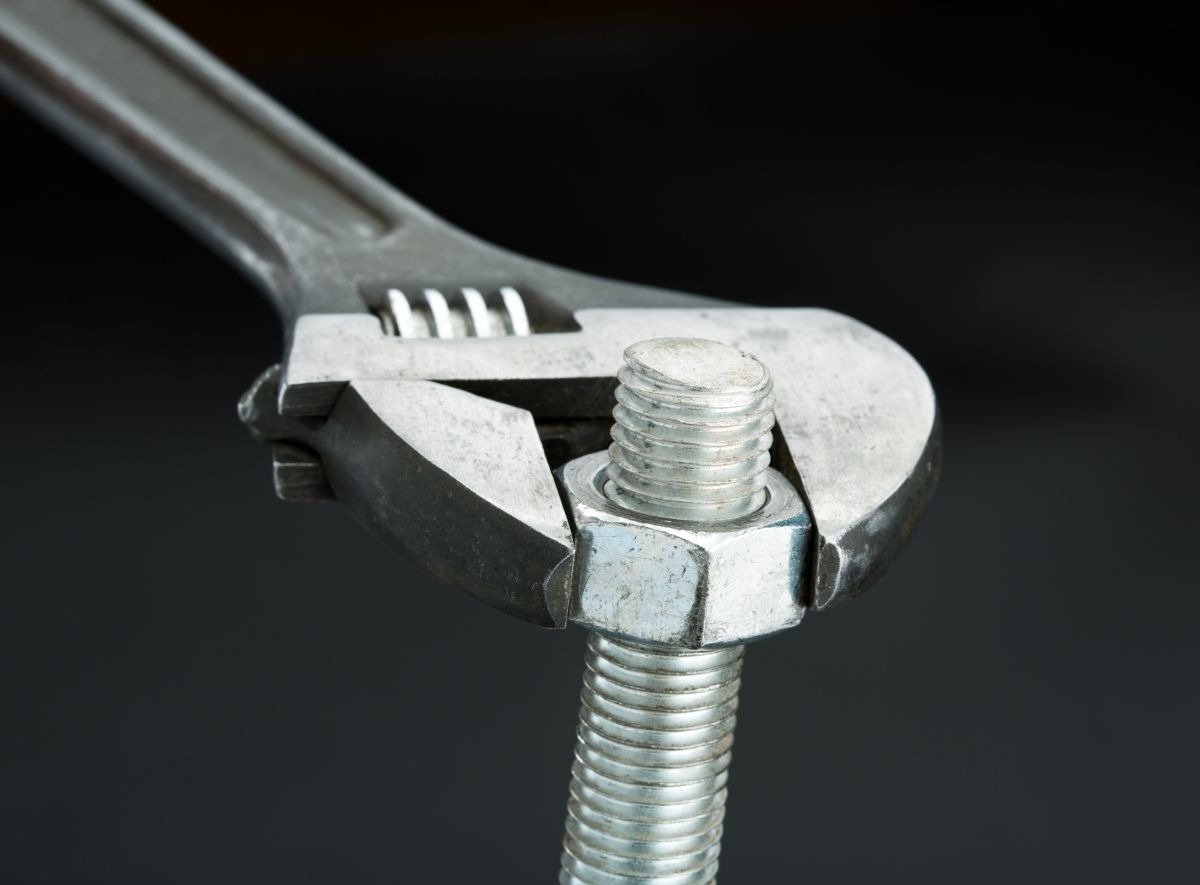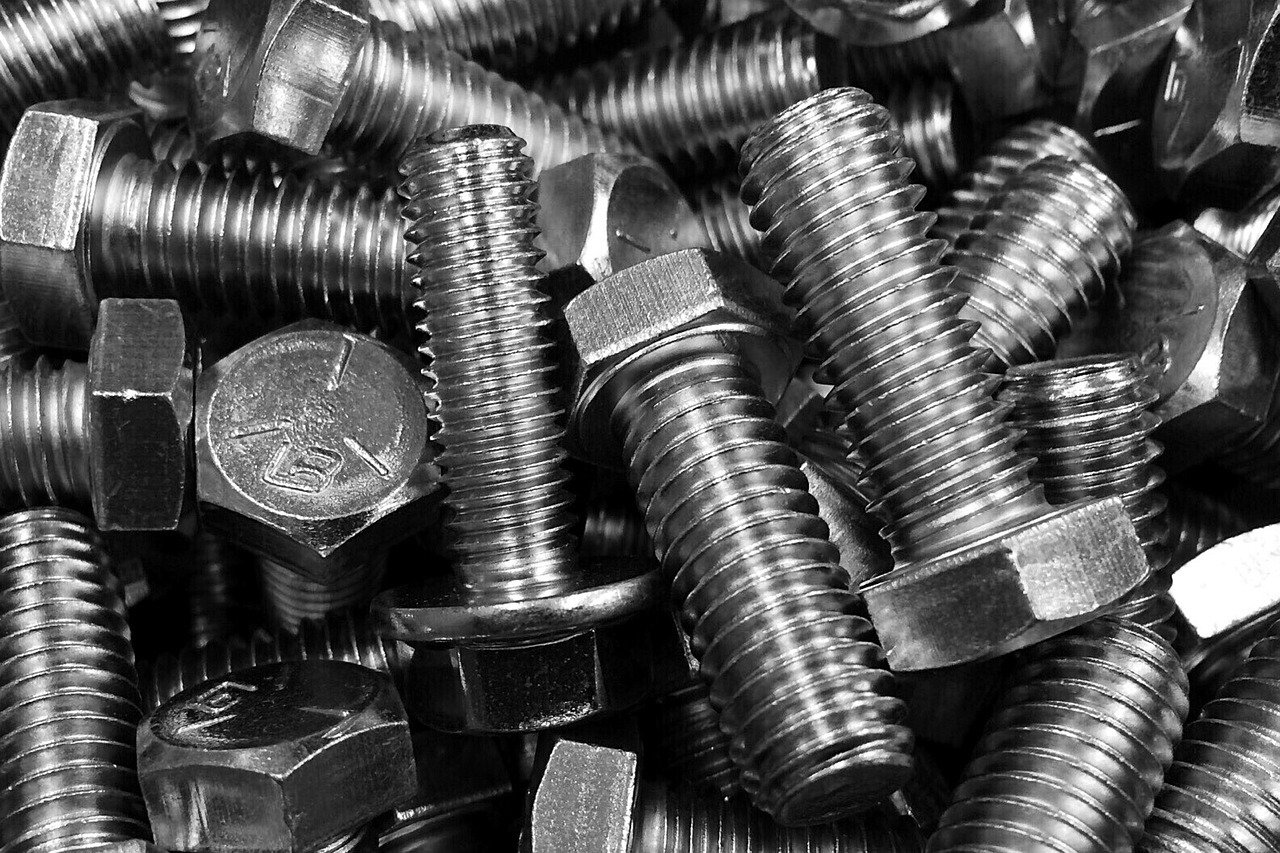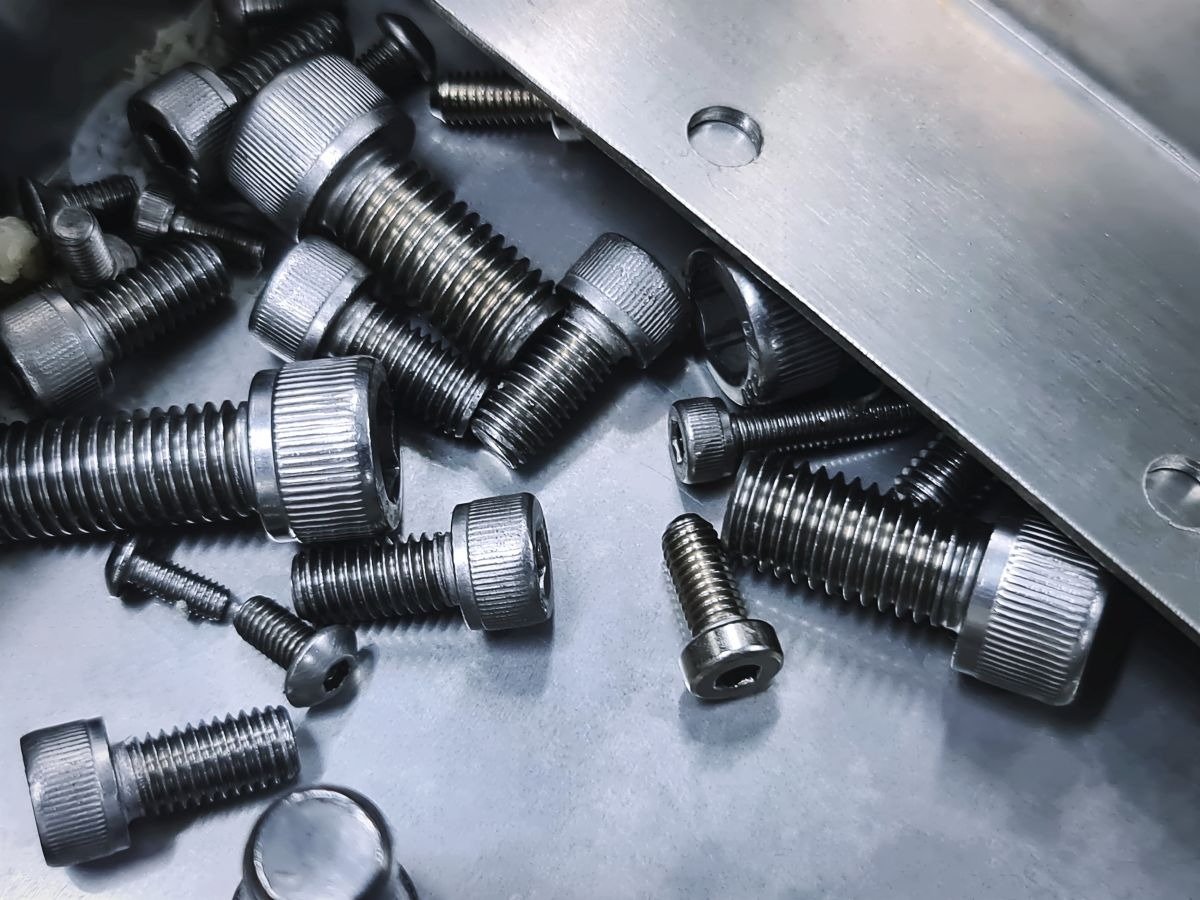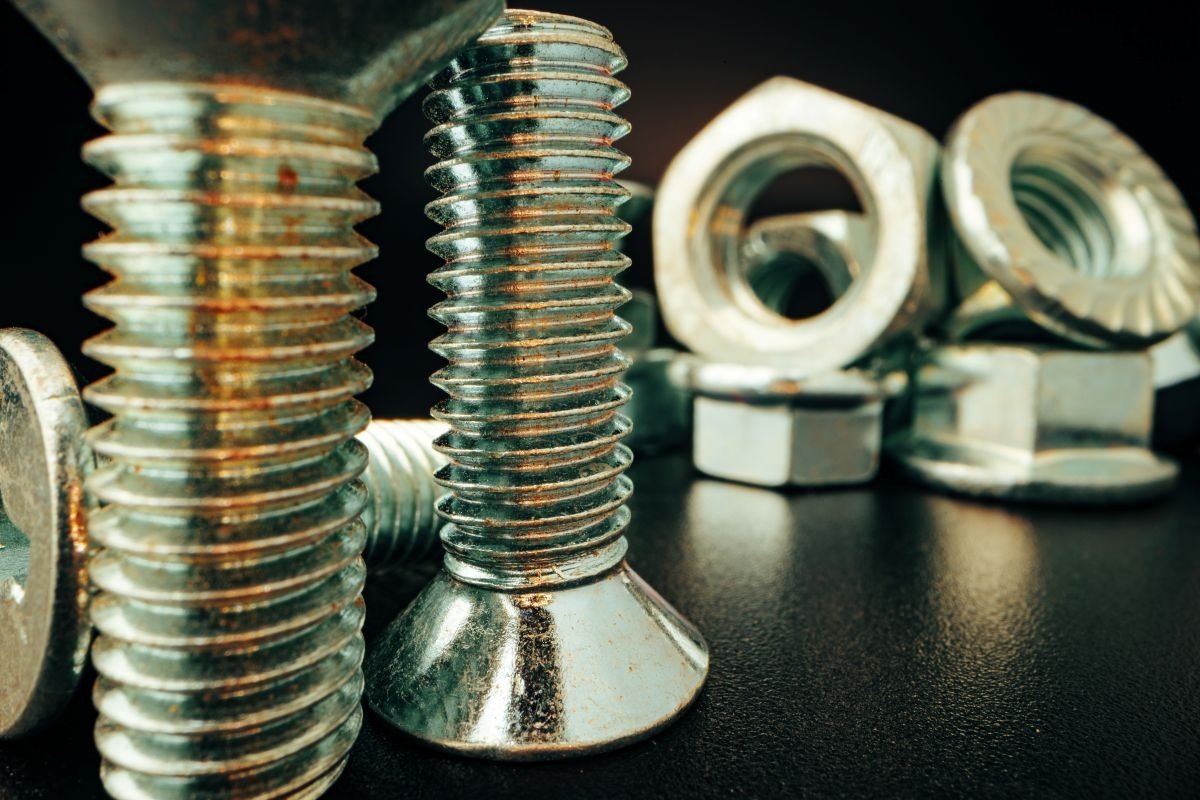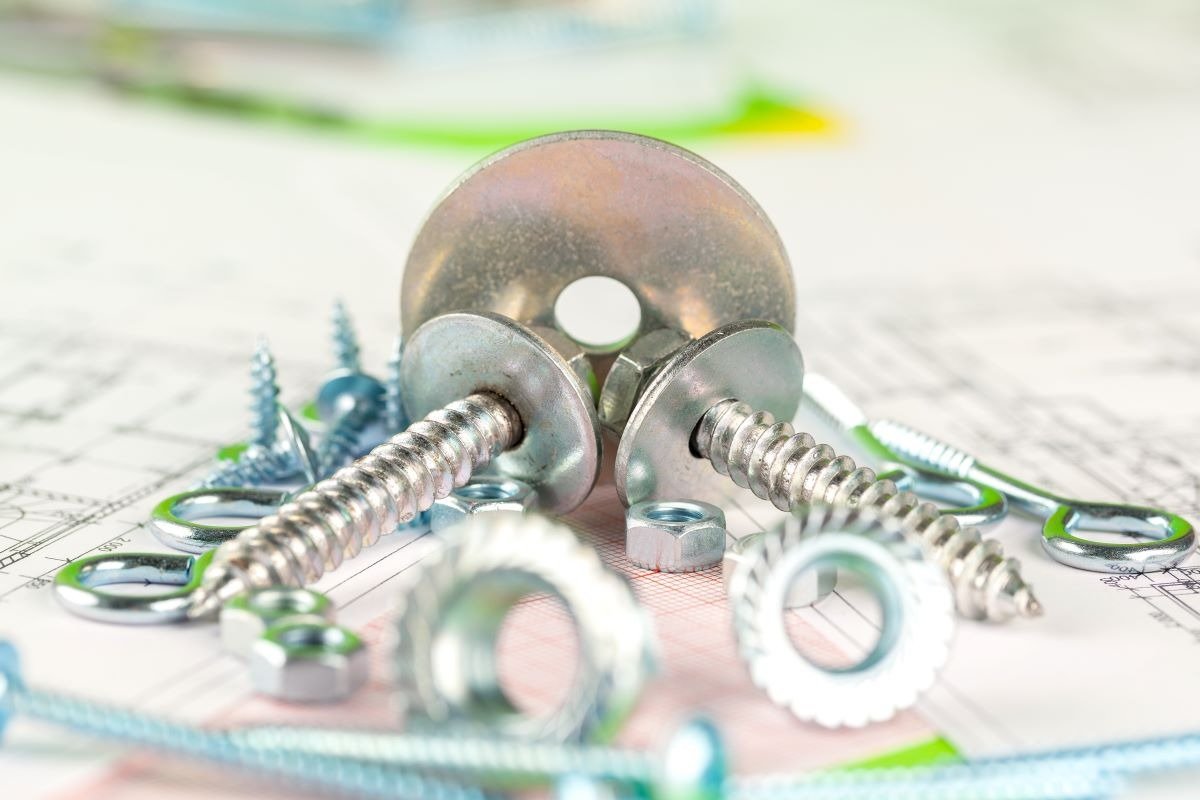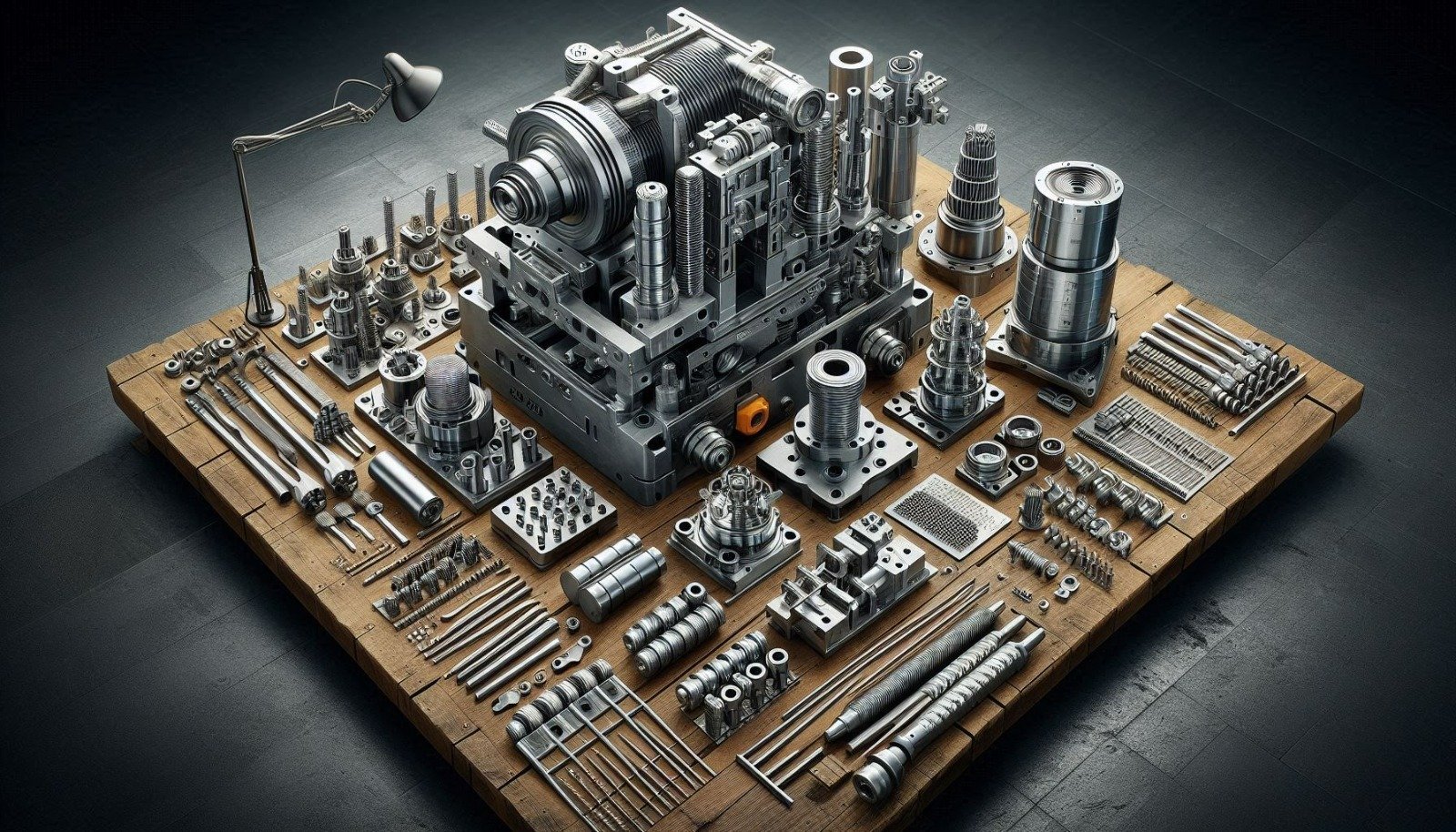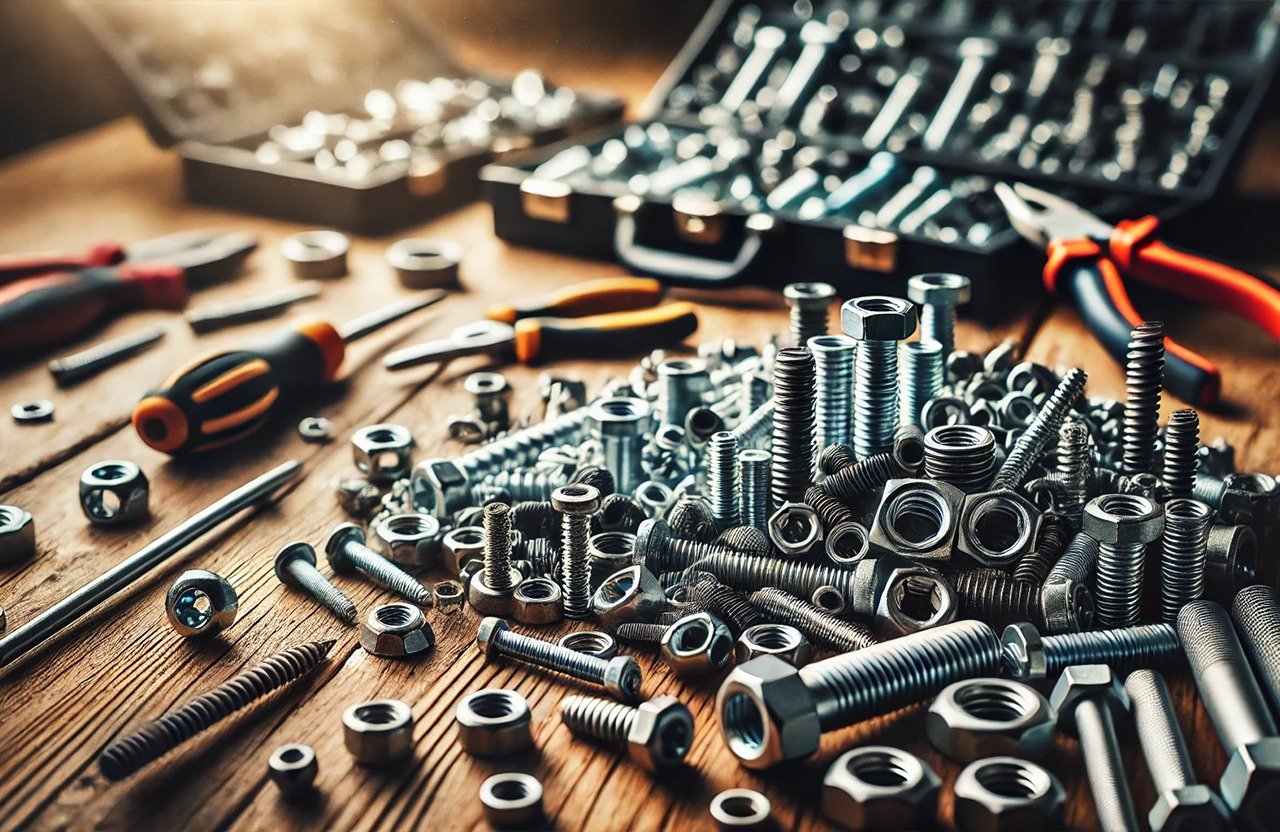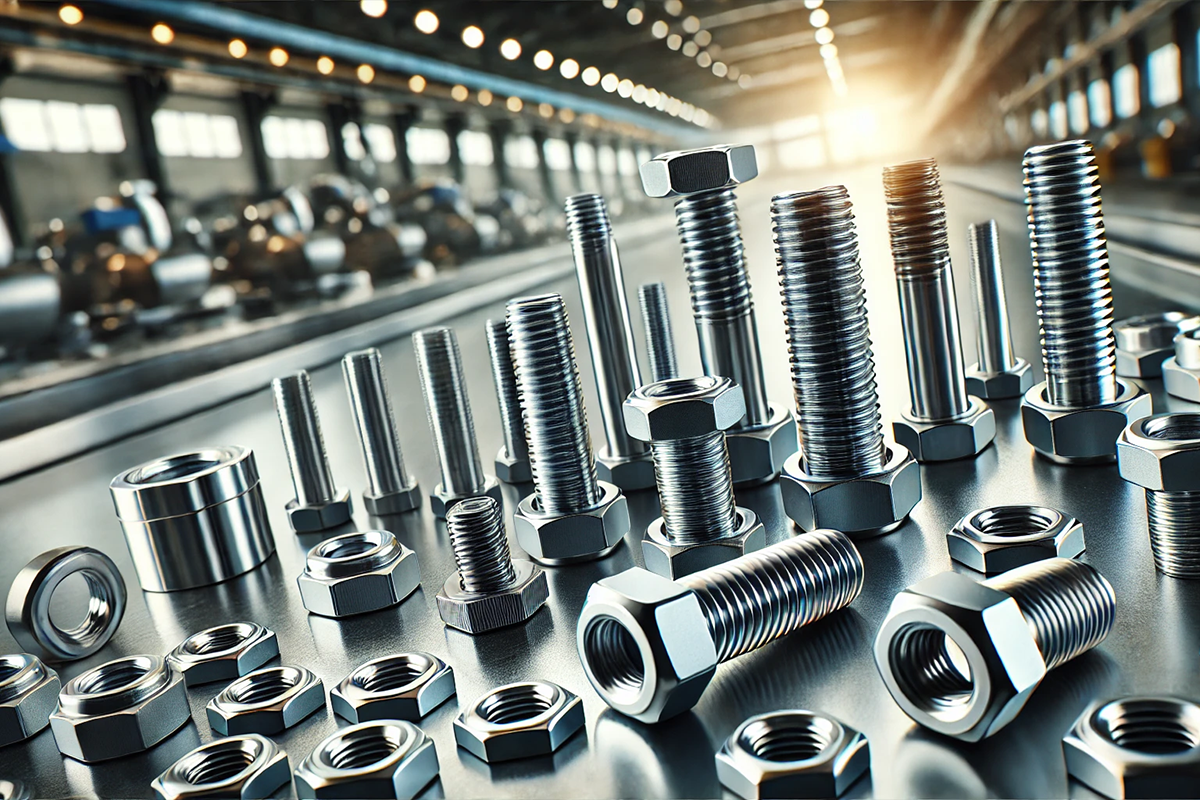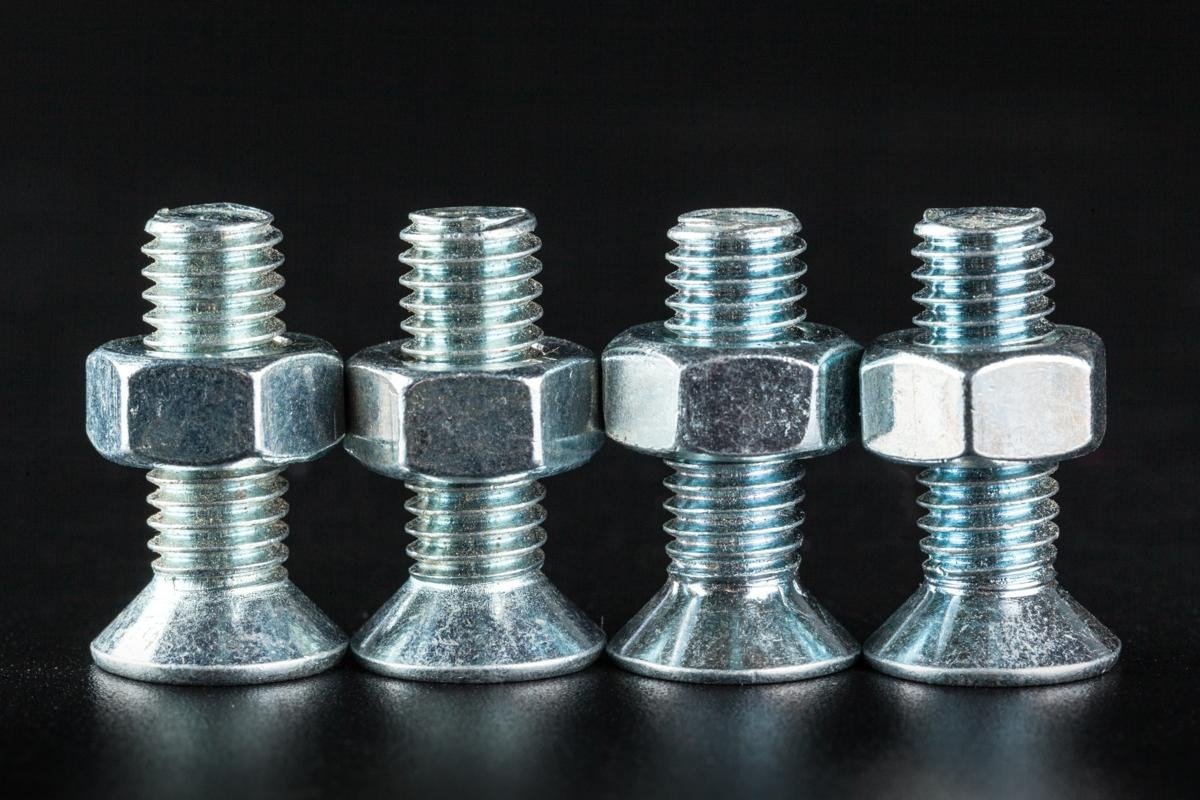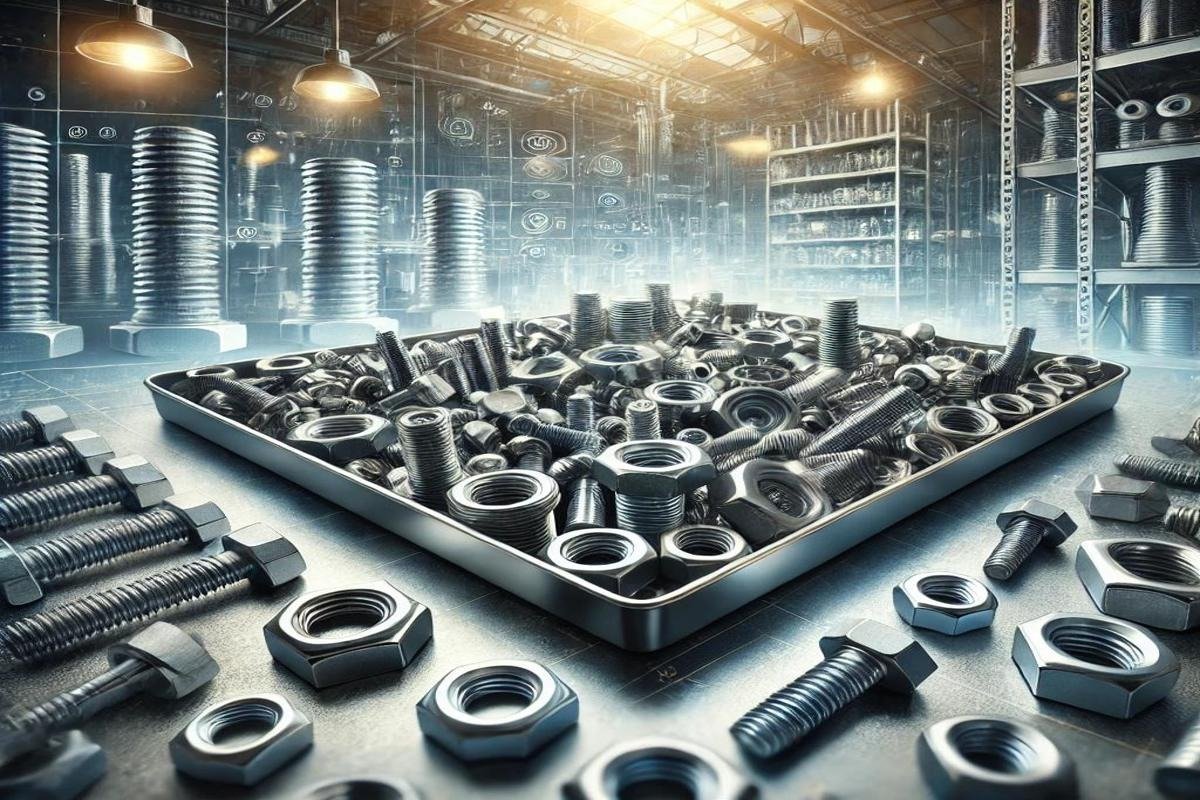Bolt, Nut, and Screw Types and Their Uses
Bolt, Nut, and Screw Types and Their Uses
From the automotive and machinery industries to the construction sector, certain materials are commonly used in nearly every field. Bolts, nuts, and screws are among the most frequently chosen materials. These items serve various purposes and are found in many sectors. Whether in homes, workplaces, or vehicles, bolts and screws are ubiquitous. Although large devices and machines may catch the eye in industries, it is these small parts that hold everything together. Therefore, their applications are as extensive as mentioned.
From the automotive and machinery industries to the construction sector, certain materials are commonly used in nearly every field. Bolts, nuts, and screws are among the most frequently chosen materials. These items serve various purposes and are found in many sectors. Whether in homes, workplaces, or vehicles, bolts and screws are ubiquitous. Although large devices and machines may catch the eye in industries, it is these small parts that hold everything together. Therefore, their applications are as extensive as mentioned.
What Are Bolts and Screws? What Are Their Types?
Bolt and screw types are used in every industry. From small to large, they are essential components in devices, machines, installations, and even toys. They are commonly used to hold large parts together in devices, vehicles, and cabinets. Bolts connect metals and other components and are used with nuts. Screws, on the other hand, do not require nuts. They connect two surfaces by being directly placed into holes and are often used in lighter and softer materials like wood and plastic.
Differences Between Bolts and Screws
People unfamiliar with construction and installation may find it difficult to distinguish between bolts and screws. However, the differences between them are visually apparent. Bolts are used with nuts, tightened with a wrench, and are typically employed in metal and hard surfaces. They exhibit high durability under tension and heavy loads. Screws do not require nuts and are often chosen based on their application. They are more commonly used in wood, plastic, and light surfaces. Both are threaded fasteners, but bolts are generally larger and stronger than screws.
What Are Nuts? What Are Their Types?
Nuts are detachable components used with bolts to securely connect two or more parts. When bolts are placed in an area, nuts are screwed onto the bolt threads to tighten them. There are various types of nuts made from metal, plastic, nylon, etc. Common types include hexagonal, wing, and clamp nuts. The choice of type depends on the area of application, with metal nuts being the most commonly preferred.
Applications of Bolts and Screws
Bolts and screws are used in nearly every area today. Their applications span industries such as food, construction, automotive, machinery, and furniture. Due to their strength, bolts are frequently used in construction, machinery, furniture, automotive, railways, and shipbuilding. Bolts provide high performance in holding metal parts together. Screws, on the other hand, are often used in wood, construction, electrical and electronic industries, plastic assembly, household appliances, and many areas related to homes.
Applications of Nuts
Nuts play a critical role in enhancing the strength and resistance of bolt connections. Their application areas often overlap with those of bolts. Nuts are found in steel structures, bridge and building construction, machinery and devices, the automotive industry, railways, shipbuilding, home improvement, the aerospace sector, furniture manufacturing, and electronics. Nuts are essential in holding large devices together and ensuring that bolts perform effectively by providing stability in their placement.


